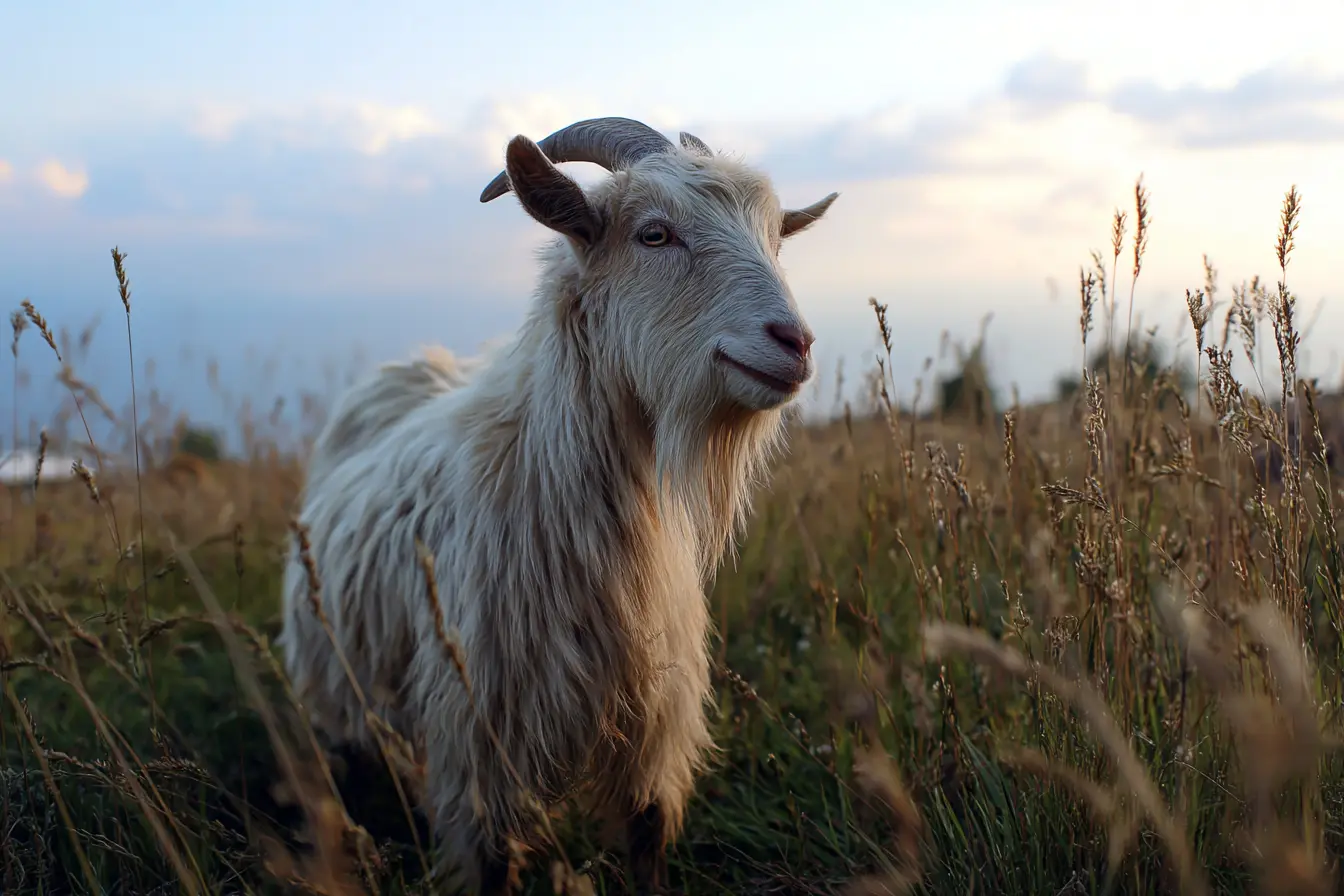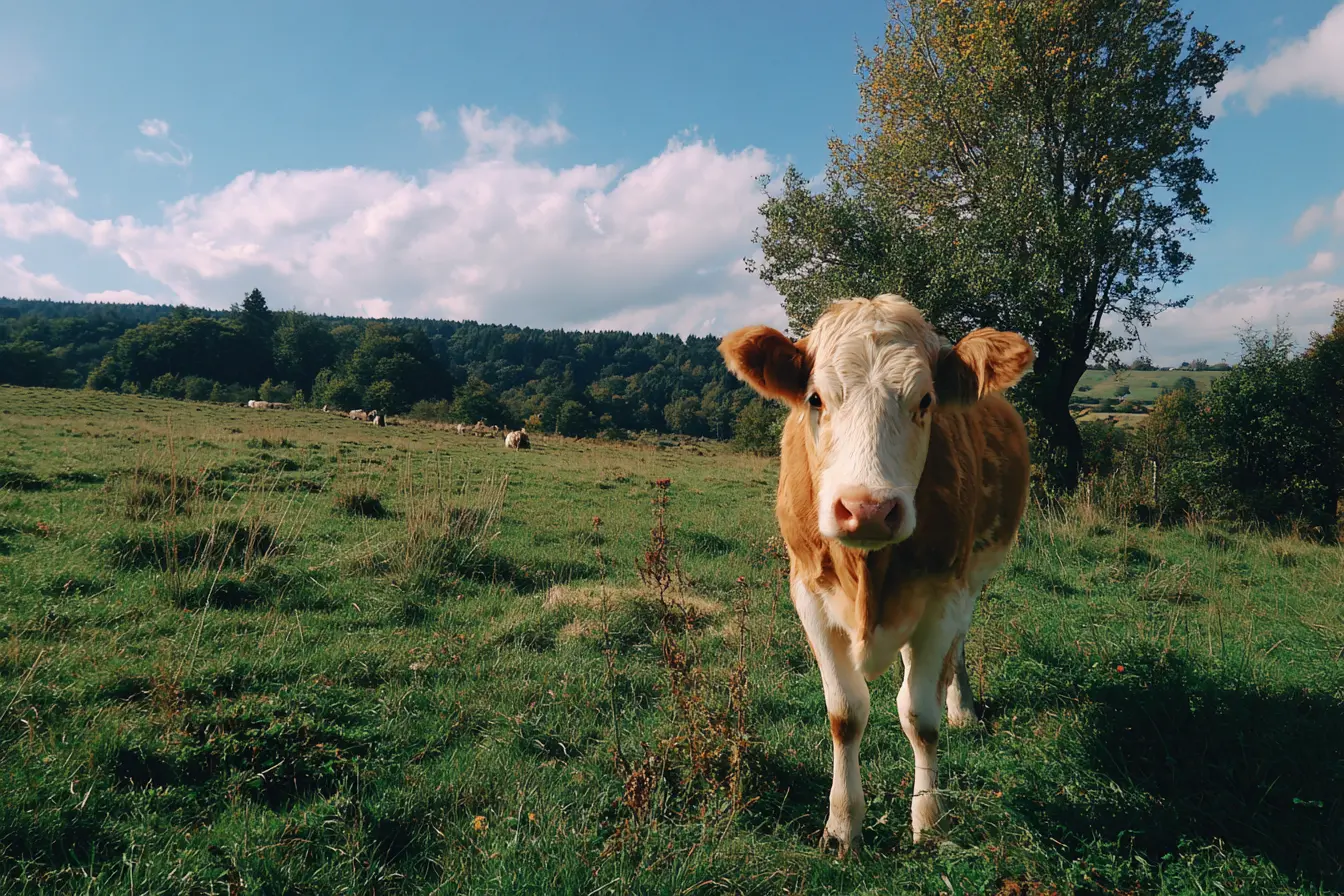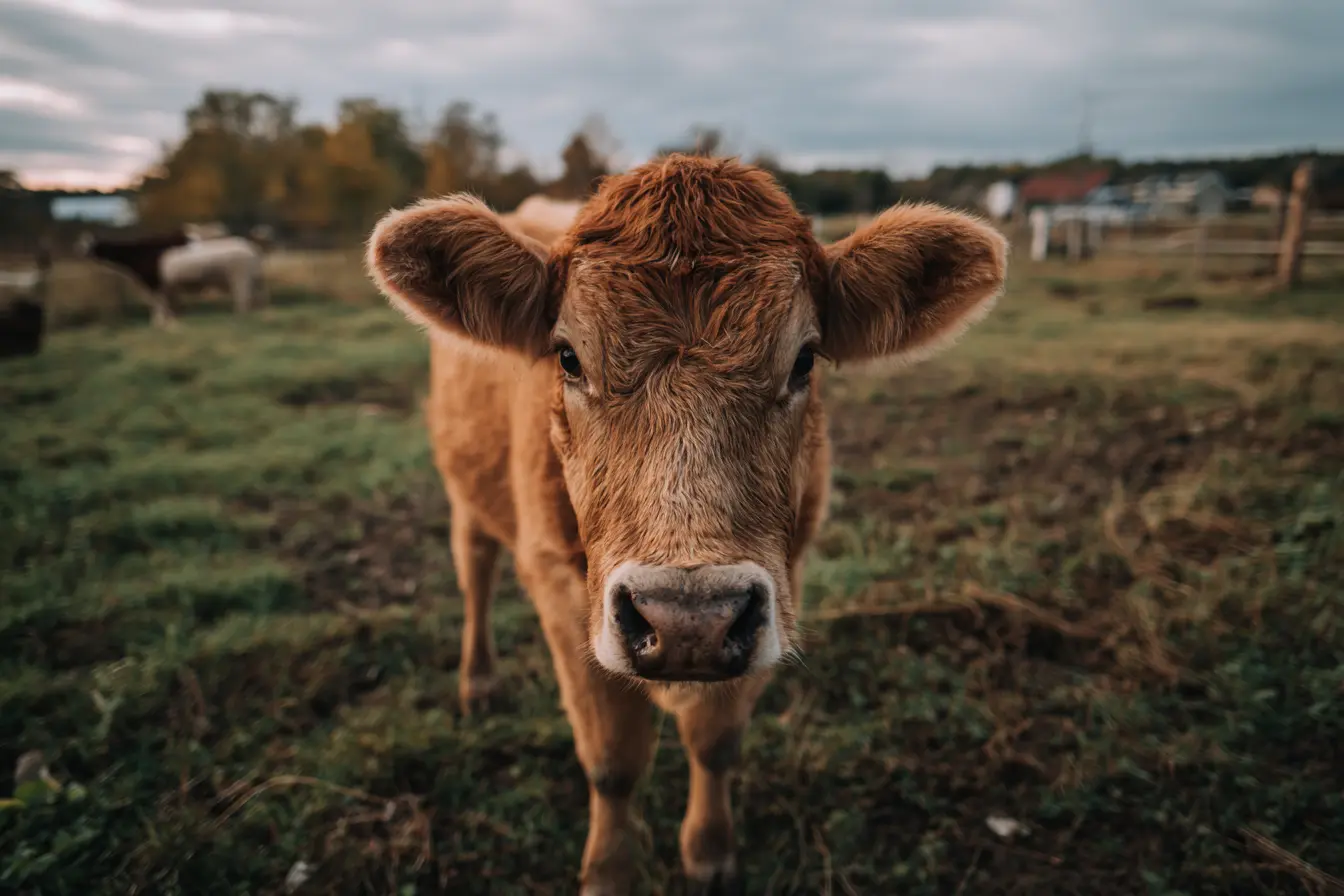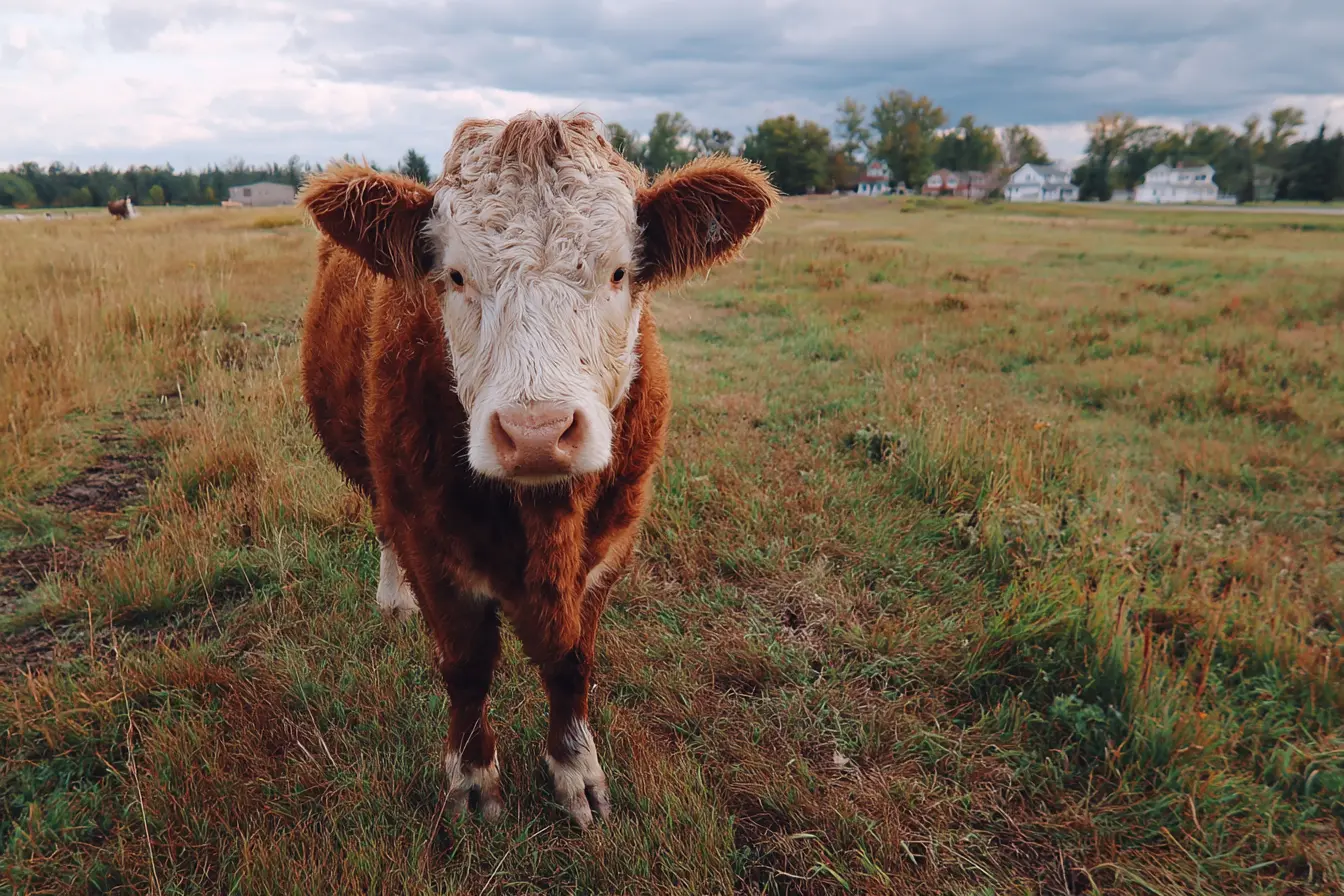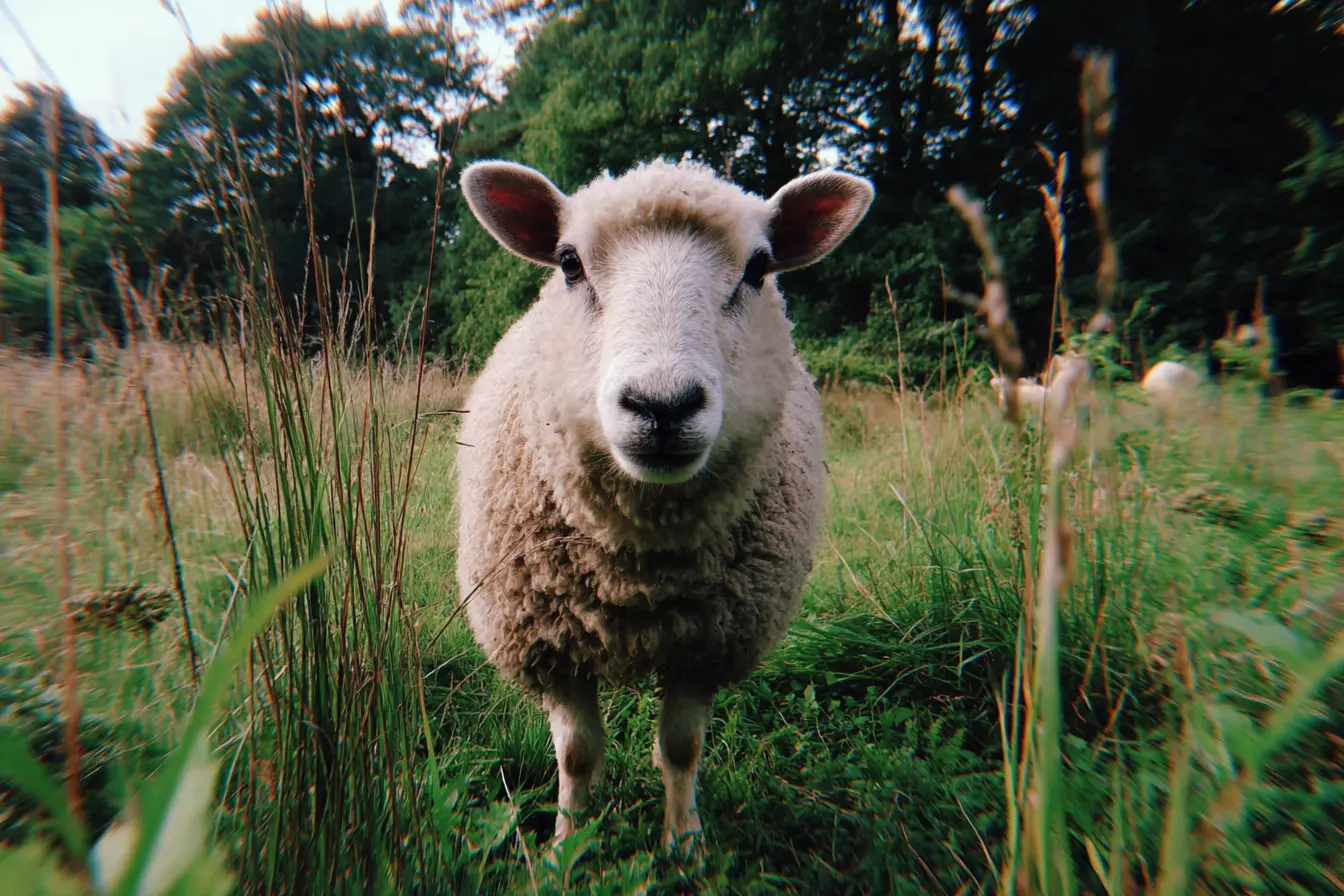
A Complete Guide to Flystrike in Sheep
Flystrike, also known as myiasis, is a major welfare and economic concern for sheep farmers in the UK. It is caused by blowfly larvae (maggots) feeding on the living flesh of sheep, leading to intense pain, tissue damage, toxaemia, and death if not treated promptly.
Flystrike occurs most frequently during the warmer months, typically from late spring to early autumn, when fly activity is high. This guide explains everything you need to know about flystrike in sheep including causes, risk factors, symptoms, treatment, prevention, and its impact.
What is Flystrike?
Flystrike is caused when blowflies, most commonly Lucilia sericata (greenbottle fly), lay eggs on the fleece or skin of sheep.
- The eggs hatch into larvae (maggots) within 12–24 hours.
- The maggots feed on dead tissue initially, then on living flesh.
- This causes severe skin damage, open wounds, and systemic infection (toxaemia).
- Untreated, flystrike can kill a sheep within a few days.
Causes and Risk Factors
Several factors increase the risk of flystrike:
- Warm, humid weather: ideal for fly breeding and egg-laying.
- Soiled fleece: faecal or urine staining attracts flies.
- Wounds or skin infections: cuts, foot rot lesions, or shearing cuts can become strike sites.
- Dense fleece: long wool retains moisture and dirt.
- Dag formation: clumps of faeces stuck in wool around the breech area.
- High fly populations: nearby carcasses or manure heaps can boost local fly numbers.
- Breed susceptibility: woolly, long-fleeced, or wrinkled-skinned breeds are more prone to flystrike than bare-breeched or hair sheep.
Flystrike can affect any part of the body, but the breech (back end) is most commonly affected due to soiling.
Signs and Symptoms of Flystrike
Flystrike develops rapidly. Early detection is critical for survival.
Typical signs include:
- Restlessness and irritation — sheep may stamp, nibble, or bite at themselves.
- Kicking at the belly or tail area.
- Isolation from the flock, depression, or reluctance to move.
- Foul-smelling discharge from affected areas.
- Discoloured, moist patches of fleece.
- Visible maggots in the wool and on the skin.
- In advanced cases: weakness, collapse, and death due to toxaemia.
Sheep can go from normal to severely affected within 48 hours during peak fly season.
Diagnosis
Diagnosis is usually straightforward based on clinical signs and visual inspection.
- Part the fleece to check for dampness, skin lesions, and maggots.
- Assess the extent of the damage — deeper strikes may require veterinary attention.
- Record-keeping is useful to track patterns of strike within the flock.
Treatment
Immediate action is essential.
- Shear wool around the affected area to expose the wound.
- Manually remove all maggots using forceps or by flushing the wound.
- Disinfect and clean the wound thoroughly.
- Apply an insecticidal dressing to kill remaining maggots and prevent reinfestation.
- Provide pain relief and antibiotics if the wound is extensive or if toxaemia is suspected (under veterinary guidance).
- Monitor daily until the wound is fully healed.
Severely affected or collapsed sheep should be humanely euthanised to prevent suffering.
Prevention
Preventing flystrike is far more effective than treating it.
Shearing and Crutching
- Shear sheep before the start of the fly season (usually spring).
- Crutch (clip wool from the breech area) to reduce soiling and fly attraction.
- Remove dags regularly to keep the breech clean.
Tail Docking
- Dock lambs’ tails to reduce faecal contamination around the breech.
- Ensure tails are left long enough to cover the anus or vulva.
Parasite and Nutrition Management
- Control internal parasites to prevent diarrhoea and reduce dag formation.
- Maintain good body condition — thin sheep are more prone to soiling.
Insecticidal Treatments
- Apply preventive flystrike chemicals (such as pour-ons, sprays, or dips) before fly season.
- Follow label instructions carefully for correct dose and timing.
- Reapply as necessary throughout the risk period.
Carcass and Environment Management
- Promptly remove and dispose of dead animals to reduce local fly breeding.
- Keep housing and handling areas clean and dry.
Economic and Welfare Impact
- Welfare: Flystrike causes severe pain, tissue damage, and often death. It is considered one of the most serious welfare issues affecting sheep.
- Economic: Losses include deaths, reduced weight gain, wool damage, treatment costs, labour, and production losses.
- Prevention vs cost: Preventive measures are far more cost-effective than treatment and losses from flystrike.
When to Seek Veterinary Help
Contact a vet if:
- Multiple sheep are affected.
- Wounds are large, deep, or infected.
- Sheep show signs of toxaemia (depression, collapse, weakness).
- You need advice on effective fly control products or schedules.
Conclusion
Flystrike in sheep is a painful, rapidly progressing, and potentially fatal condition caused by blowfly maggots. It is most common in warm, humid weather, especially in sheep with dirty or long fleece.
Because flystrike develops quickly, prevention is essential. Timely shearing, crutching, tail docking, dag removal, parasite control, and insecticidal protection can dramatically reduce risk. Daily flock checks during the fly season allow early detection and swift treatment, safeguarding both sheep welfare and farm productivity.
Vets near you
Speciality vets
- Aquatics vet specialists
- Birds vet specialists
- Camelids vet specialists
- Cats vet specialists
- Cattle vet specialists
- Deer vet specialists
- Dogs vet specialists
- Equines vet specialists
- Exotic vet specialists
- Goats vet specialists
- Pigs vet specialists
- Poultry vet specialists
- Sheep vet specialists
- Small Mammals vet specialists
- Wild vet specialists
